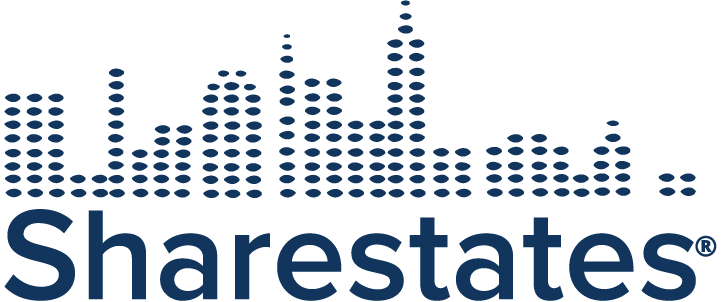Alternative Lenders Want To Make Inroads In OZs. Fix-And-Flip Lenders Have Been There For Years

Opportunity zones and alternative lending are a match made in heaven. Banks and traditional lenders may not be willing to lend on projects in distressed neighborhoods, and alternative lenders are only too happy to step in and provide liquidity.
But as alternative lenders try to enter OZ markets, they are running up against an established source of capital: fix-and-flip lenders.
“Bridge lenders got all excited about opportunity zones when the news broke last year, but we’ve been lending in these areas since we were founded in 2015,” said Allen Shayanfekr, CEO of Sharestates, a real estate crowdfunding platform that has financed thousands of multifamily projects in neighborhoods that are now opportunity zones.
Lenders like Sharestates have long provided the funding that traditional capital sources can’t offer in distressed areas, where most opportunity zones are located. Unlike banks, they are used to lending in less stable, more inefficient markets and are well-versed in the difficulties developers face in these neighborhoods.
“Sharestates has a history of helping developers inject new life into properties and communities that have gone overlooked,” Shayanfekr said.
While the practice of fixing and flipping properties has been growing in popularity for many years, the advent of opportunity zones has tightened developers’ focus on repositioning and renovating properties within depressed neighborhoods, Shayanfekr said.
Opportunity zones have also broadened the company’s pool of potential borrowers. While many of Sharestates’ borrowers are individual developers working on properties with only a handful of units, larger institutional developers are now working with the company and eyeing more expansive projects.
In Paterson, New Jersey, Sharestates has underwritten a loan for the development of 461-473 Market St., the site of the former Paterson Armory. The venerable brick building stood neglected for decades before a fire ripped through its floors in 2015. Now, developer Charles Florio is replacing the crumbling Armory with a 138-unit multifamily development.

The ability to underwrite such a large project sets Sharestates apart from many other alternative lenders.
“Lots of alternative lenders are focused on the single-family space, or one- to four-unit properties,” Shayanfekr said. “But we have a lot of flexibility when it comes to size and asset class. Only a very small pool of alternative lenders is competing for OZ projects.”
Even though the Paterson Armory is in an opportunity zone, he added, many lenders may have shied away from the project because of its extensive fire damage. But because of its history working with distressed projects, Sharestates is more familiar and comfortable with these sorts of risks than most lenders that have just arrived in OZ markets.
Sharestates is underwriting another project in Paterson, at 114-118 Ellison St. in the city’s downtown. Even though the cash behind the property comes from institutional investors, Shayanfekr said the value-add nature of the project means it remains strongly in the Sharestates wheelhouse.
As more opportunity zone projects receive funding and begin development, alternative lenders can expect another uptick in their already booming business.
“Banks are too slow-moving to work well in these neighborhoods,” Shayanfekr said. “And each opportunity fund has a unique structure. Sharestates can provide flexibility and a tailored financial solution for each OZ project.”
But Shayanfekr did have a word of caution to opportunity zone investors. As excitement about opportunity zones has spread, the cost of land within these zones has risen and even spiked in some places. Rather than invest in an overpriced asset for perceived tax savings, he counseled investors to deeply consider each property’s realistic valuation.
“I would pause for hesitation with all OZ properties,” Shayanfekr said. “Investors have to understand that when capital is pouring into these markets quickly, their money has to be made on the way in. The dream of saving 30% on your taxes is not worth investing in a project that will never get completed.”
This feature was produced in collaboration between Bisnow Branded Content and Sharestates. Bisnow news staff was not involved in the production of this content.

